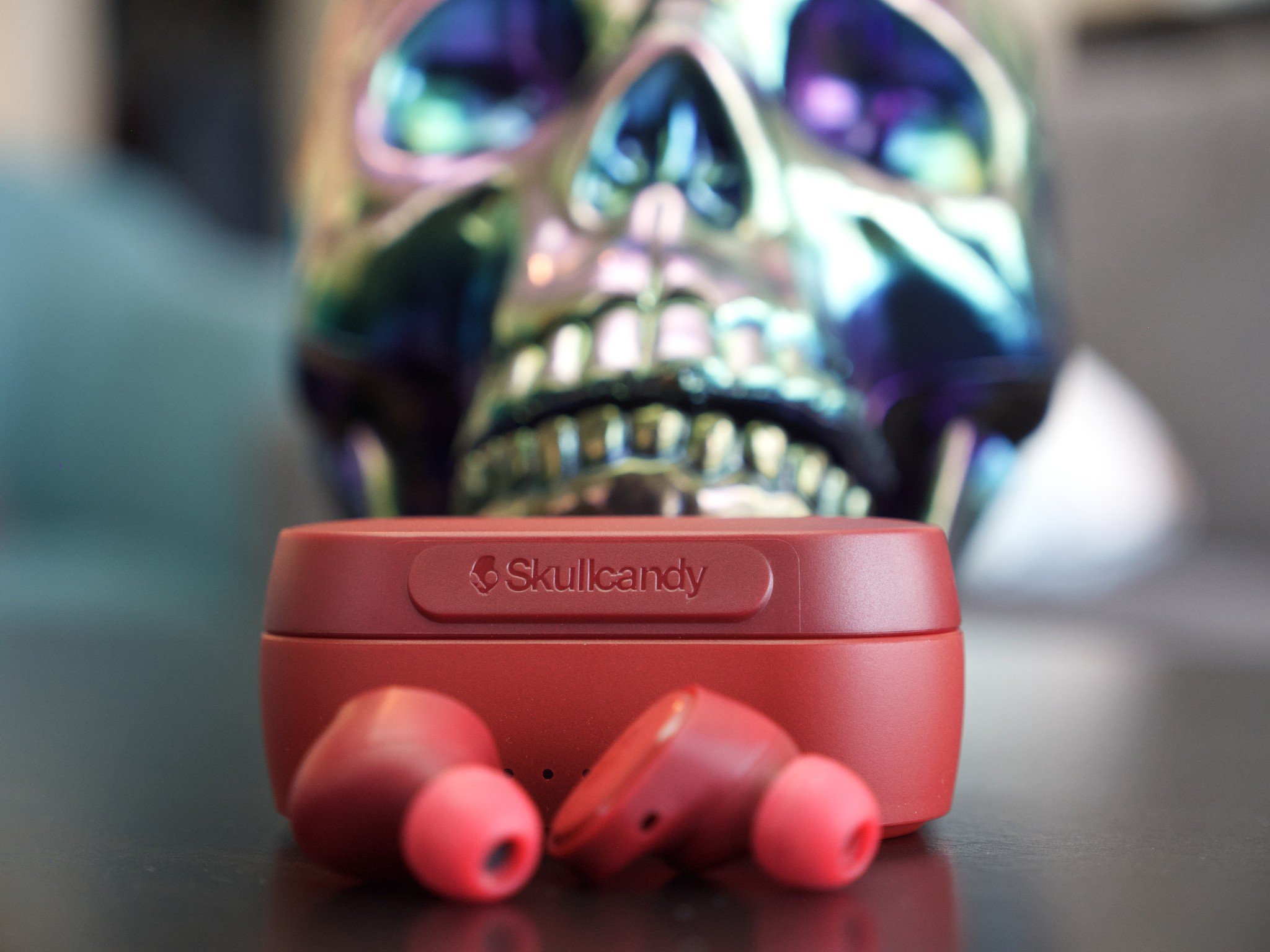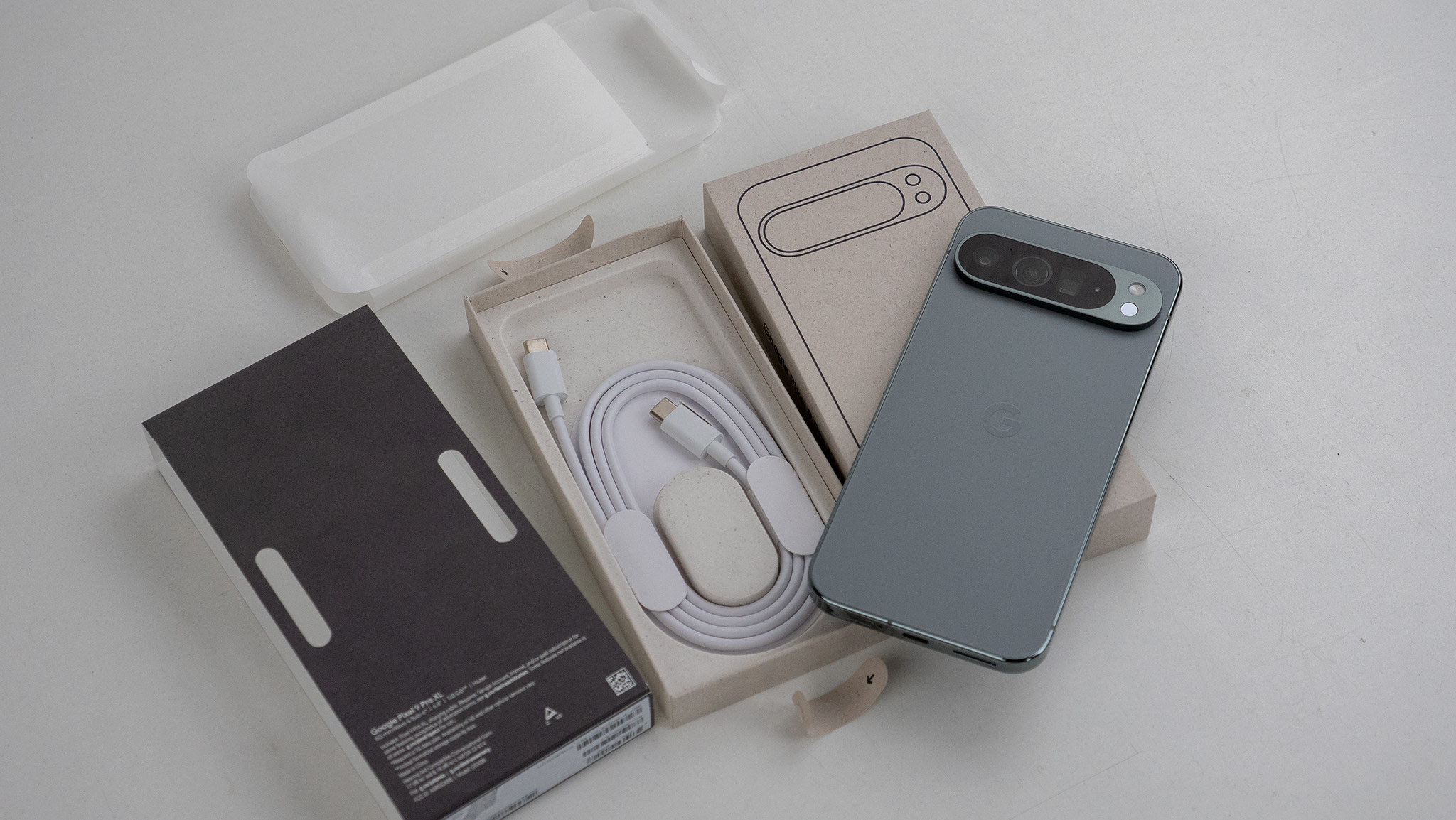Android Central Verdict
Bottom line: The Skullcandy Sesh make a good first impression, offering impressive sound with booming bass, an IP55 dust/water-resistance rating, and some distinctive colors that help them stand out from the competition. Unfortunately, disappointing battery life, a bulky charging case, and nonexistent support for high-end audio codecs hold the Sesh back from being an instant recommendation.
Pros
- +
Good, bass-heavy sound
- +
Comfortable fit with customizable ear tips
- +
IP55 dust and water-resistance
- +
Strong Bluetooth 5.0 connection
Cons
- -
Anemic battery life
- -
Bulky charging case with Micro-USB
- -
Only supports SBC audio codec
Why you can trust Android Central
Founded back in 2003, Skullcandy is one of those brands I've always been familiar with — even if I don't actively follow it. The iconic skull logo has become synonymous with low-cost audio gear, specifically headphones and earbuds.
Similar to what we've seen from so many other companies, Skullcandy's latest venture has been into the world of true wireless earbuds. Bringing value to this form factor is not a new concept, with countless players popping up in this space over the last few years.
The Skullcandy Sesh true wireless earbuds look really promising on the surface, and while there's plenty the buds get right, there's one big pain point that makes them tough to recommend compared to everything else that's out there.
Skullcandy Sesh Where the earbuds shine
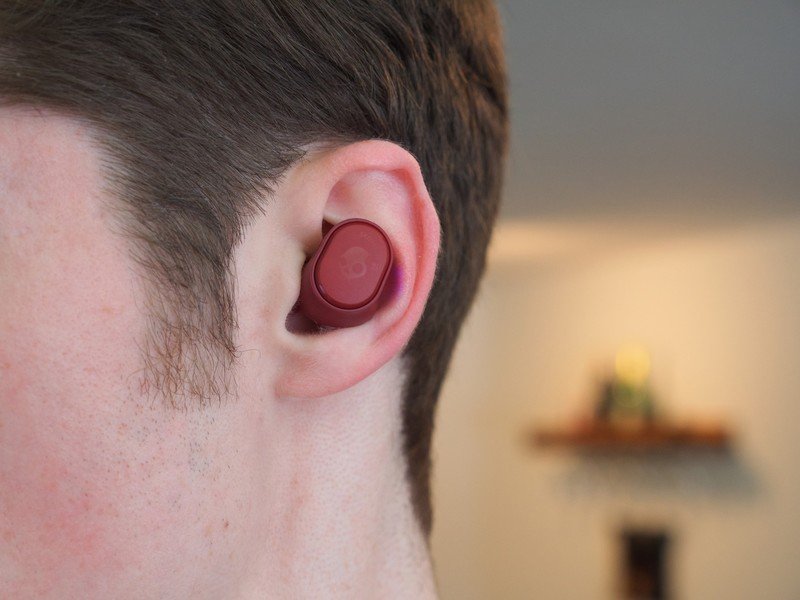
Before I rain too hard on the Sesh's parade, I want to give credit where credit is due. Even if this pair isn't my top recommendation for budget earbuds, there are still plenty of strong suits worth praising.
For starters, Skullcandy did a great job designing the Sesh earbuds and charging case. The earbuds sit snugly in my ears, create an impressive level of passive sound isolation, and come with multiple ear tip sizes so you can get your fit just right. I also appreciate how flush the Sesh sit in my ears and don't stick out so much the way other buds do.
The case is a bit large for my liking, but it's also designed incredibly well. The lid is easy to open and has a wonderfully tactile snap when it closes shut, and no amount of shaking flips the top open when you don't want it to. Speaking of magnets, the ones that hold the earbuds in the case are just as strong and reliable.
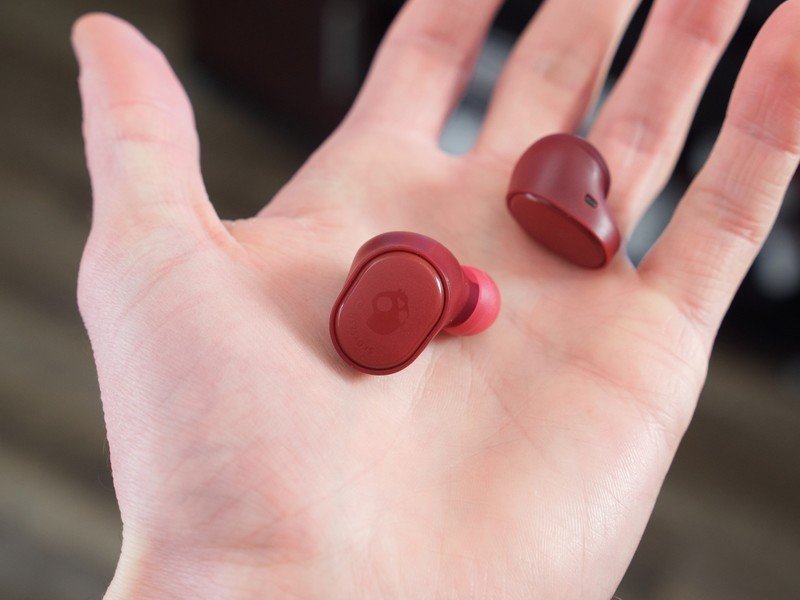
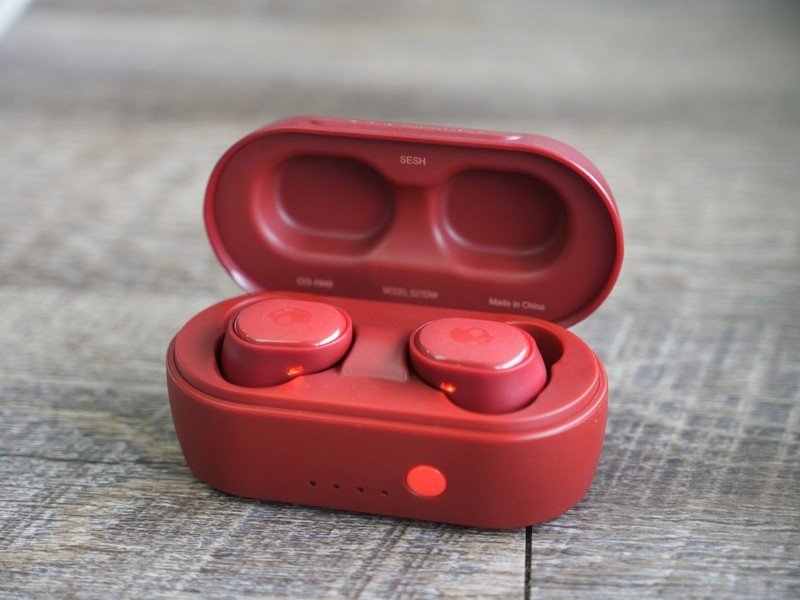
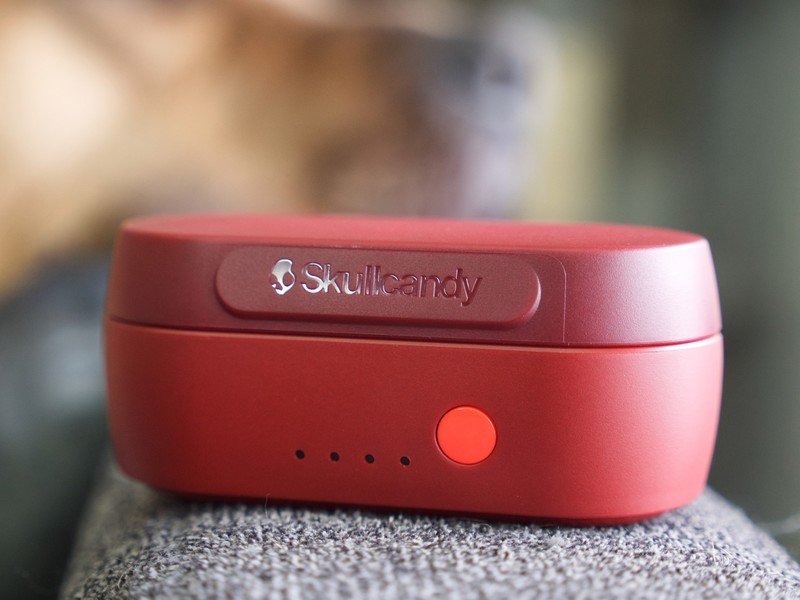
Both the Sesh earbuds and case are made entirely out of plastic, but nothing about the package feels cheap. Even the button on the front of the case that shows its charge status has excellent tactility. I also really dig the Moab Red color my Sesh are in, but if you aren't a fan of it, the buds also come in Indigo Blue and a basic Black.
There's another design win that you can't see, and that's the IP55 dust, sweat, and water-resistant rating. This keeps the Sesh safe during trips to the beach, intense workout sessions, or if you happen to get caught in a rainstorm with them.
Similar to the design/build quality, the Skullcandy Sesh also stand out in the sound quality department.
The Sesh pack a ton of bass output into such a small package.
To my non-audiophile ears, I found the Sesh enjoyable to listen to. There's a clear preference of the low-end, giving all of your music a hearty/rich sound. If you're someone that likes a lot of bass in your music, the Sesh do a good job providing plenty of this without going overboard. Combined with the passive sound isolation mentioned above, the Sesh have a lot more power than the small size would suggest.
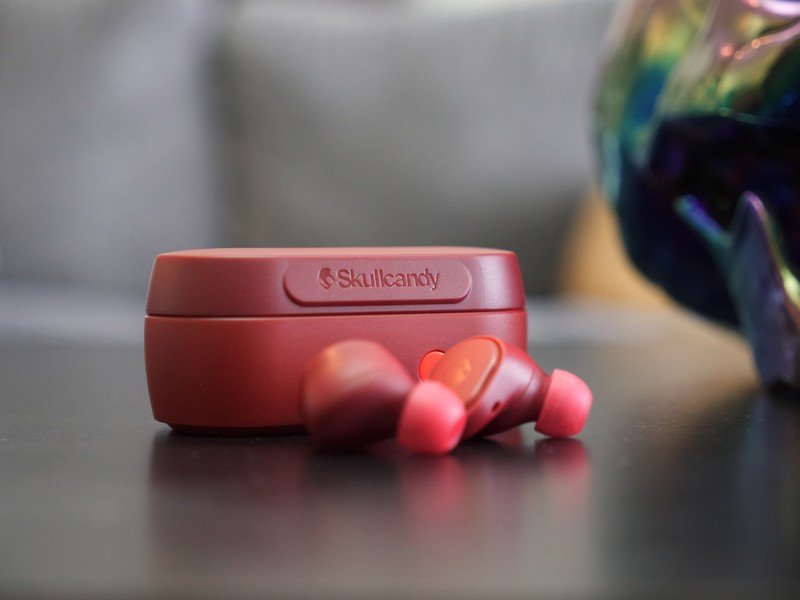
I did notice that vocals were sometimes quieter than I would have liked as a result of this Sesh's sound profile, but it's not a big enough of an issue that it made listening to the Sesh unenjoyable.
Last but certainly not least, the Skullcandy Sesh's Bluetooth 5.0 wireless connection resulted in no issues during my testing. The Sesh paired to my Pixel 4 XL just fine, I can walk around all 1200 sq ft of my apartment without the audio cutting out, and there's minimal audio delay when watching videos. It does take slightly longer than my other true wireless gear for both Sesh buds to sync up with one another after taking them out of the case, but after six or seven seconds, everything starts working as it should.
Skullcandy Sesh Where things fall apart
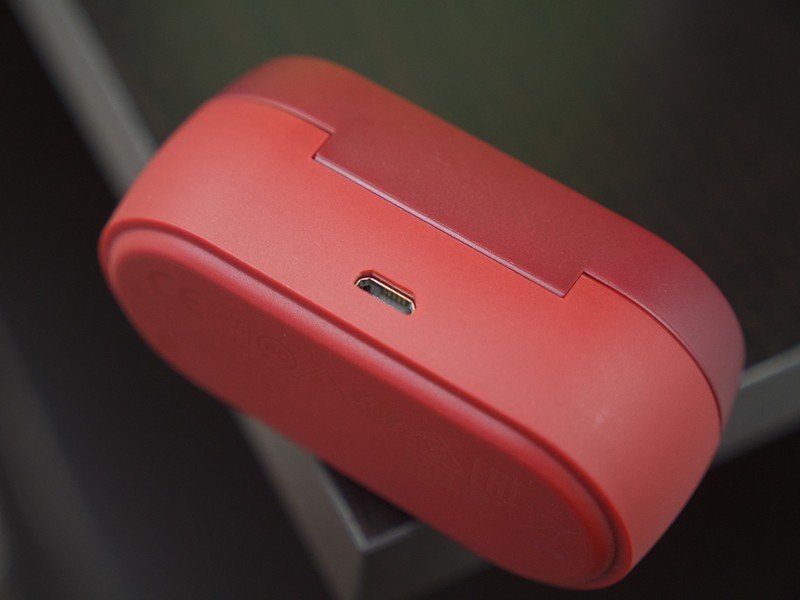
As much as I like the Sesh's bold design and powerful sound, there's one thing that makes me hesitant to recommend you go out and buy them right now — battery life.
The idea behind true wireless earbuds is that they're supposed to be great for people that are always on the move. You listen to your music on the buds for a while, pop them back into the charging case, refuel the battery, and repeat this process a few times until you need to plug the case in.
Skullcandy rates the Sesh for a measly three hours of playback for the buds themselves, with the charging case only providing up to seven hours of additional use. That's a grand total of 10 hours, and compared to virtually any other pair of true wireless buds, that is pathetic.
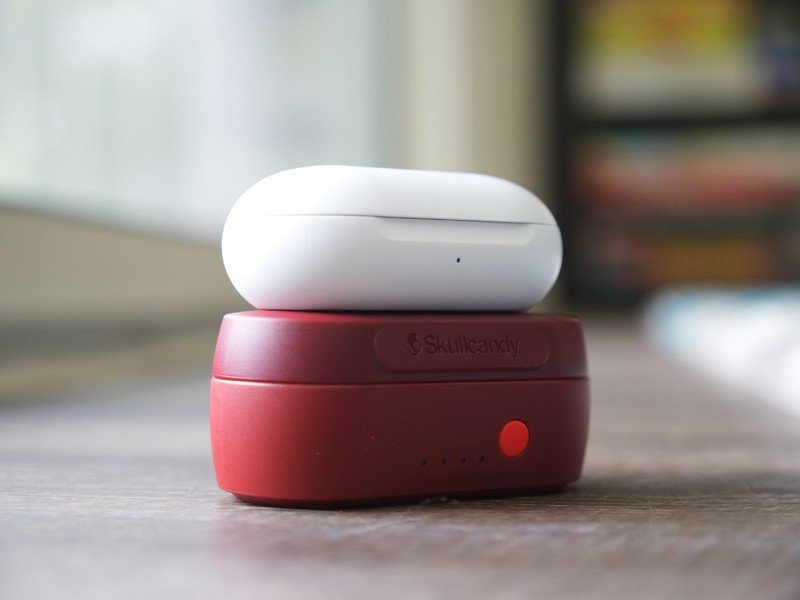
The TOZO T6 cost about the same as the Sesh and also favor bass-heavy audio, but those give you six hours of battery on just the buds and another 24 hours with the case for a total of 30 hours. There's also the Back Bay Duet 50, which kick out eight hours of use with the buds and 32 hours in the case for a staggering 40-hour total. That's quadruple the battery life you get with the Sesh, not to mention the charging case for the Duet 50 is substantially smaller.
It's bewildering how far behind the Sesh's battery life is from its competitors.
The Sesh's charging case is the biggest out of all the true wireless earbuds I have, yet somehow it has the worst battery life. I don't know how this came to be, but it's easily the biggest weakness of the Sesh. Not to mention, it charges via Micro-USB and not USB-C. It's 2020. This is getting old.
It's also worth pointing out that the Skullcandy Sesh only support the SBC wireless codec and not higher-end ones like aptX. I don't typically expect anything beyond SBC at this price range, and it likely won't matter too much to most users, but there you go.
Skullcandy Sesh Should you buy them?
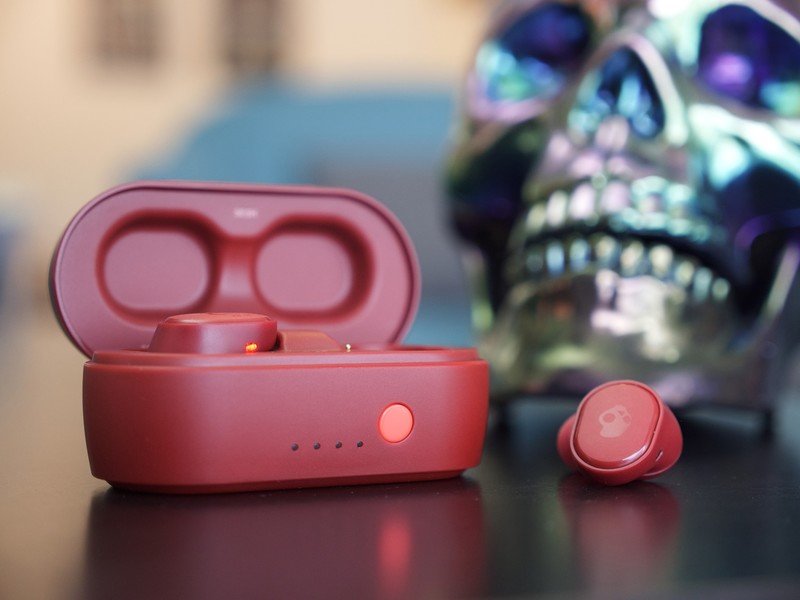
The Skullcandy Sesh have been frustrating to review. On the one hand, I genuinely like a lot of what the Sesh bring to the table. They sound great, I dig the design, there haven't been any Bluetooth issues, and the IP55 rating adds welcome peace of mind.
Skullcandy was on the right track with all of these things, but at the end of the day, the lackluster battery life is enough to put a damper on the party. Ten hours of total use just isn't enough for true wireless earbuds, especially when you compare the Sesh's endurance to cheaper and similarly-priced competitors.
3 out of 5
I suppose you could make the Sesh work if you only listen to them for short stints at a time and are regularly near a power source, but if you're someone that travels or has long workout sessions throughout the day, it just doesn't make sense to buy the Sesh when so many other earbuds offer substantially better battery life.
It'll be interesting to see what Skullcandy comes out with next, but with the Sesh completely dropping the ball with such a key component, it's difficult to give them an unwavering recommendation — despite getting so much else right.
Best True Wireless Earbuds in 2020
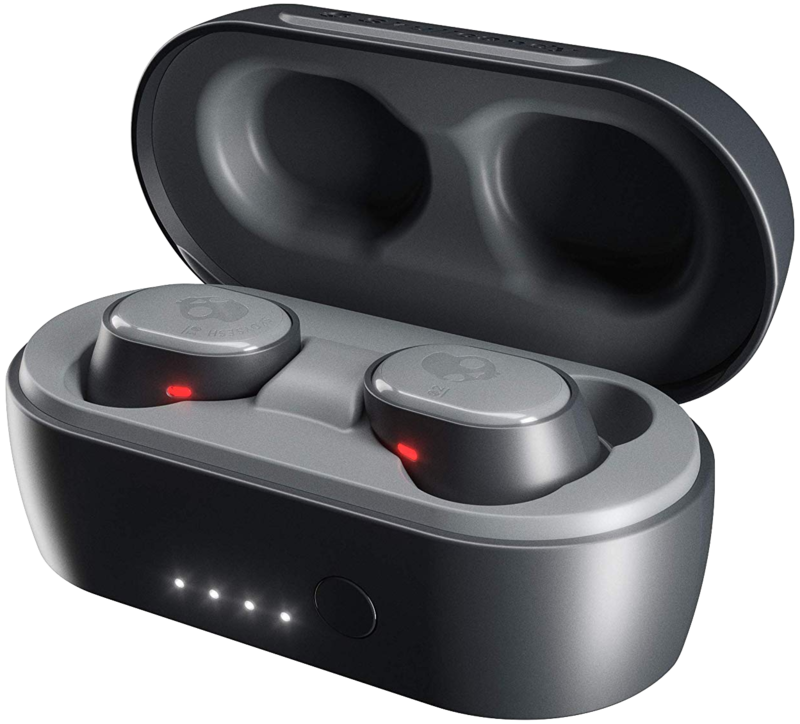
The Skullcandy Sesh make a good first impression, offering impressive sound with booming bass, an IP55 dust/water-resistance rating, and some distinctive colors that help them stand out from the competition. Unfortunately, disappointing battery life, a bulky charging case, and nonexistent support for high-end audio codecs hold the Sesh back from being an instant recommendation.
Joe Maring was a Senior Editor for Android Central between 2017 and 2021. You can reach him on Twitter at @JoeMaring1.
